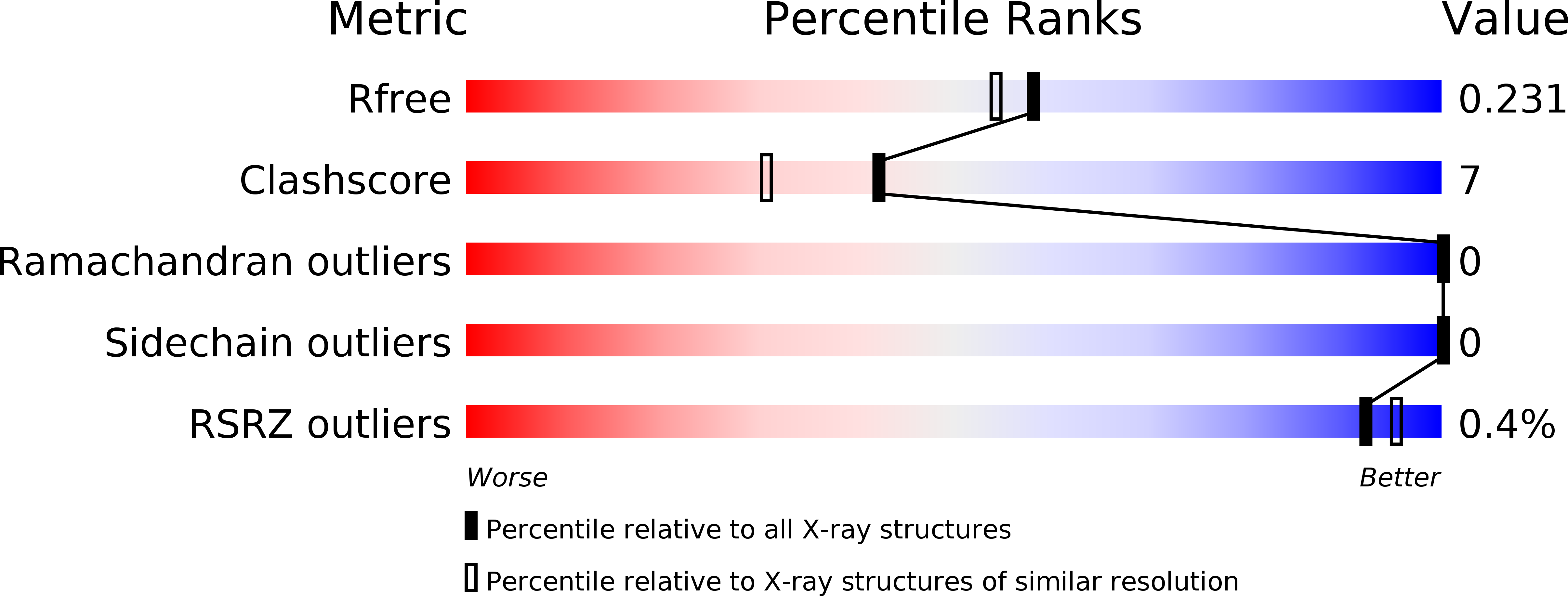
Deposition Date
2018-11-14
Release Date
2019-09-04
Last Version Date
2024-11-13
Method Details:
Experimental Method:
Resolution:
1.95 Å
R-Value Free:
0.23
R-Value Work:
0.20
R-Value Observed:
0.20
Space Group:
P 32 1 2


